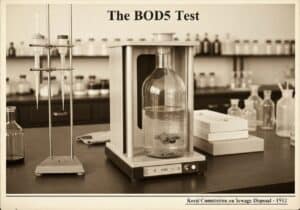The Kruithof curve is an empirical graph from psychophysics that outlines a region of illuminance levels and color temperatures considered comfortable or pleasing. It postulates that at low light levels, humans prefer warmer color temperatures (more reddish/yellowish), while at high illuminance levels, cooler color temperatures (more bluish) are preferred. Lighting conditions outside this region may feel unnatural or unpleasant.



















